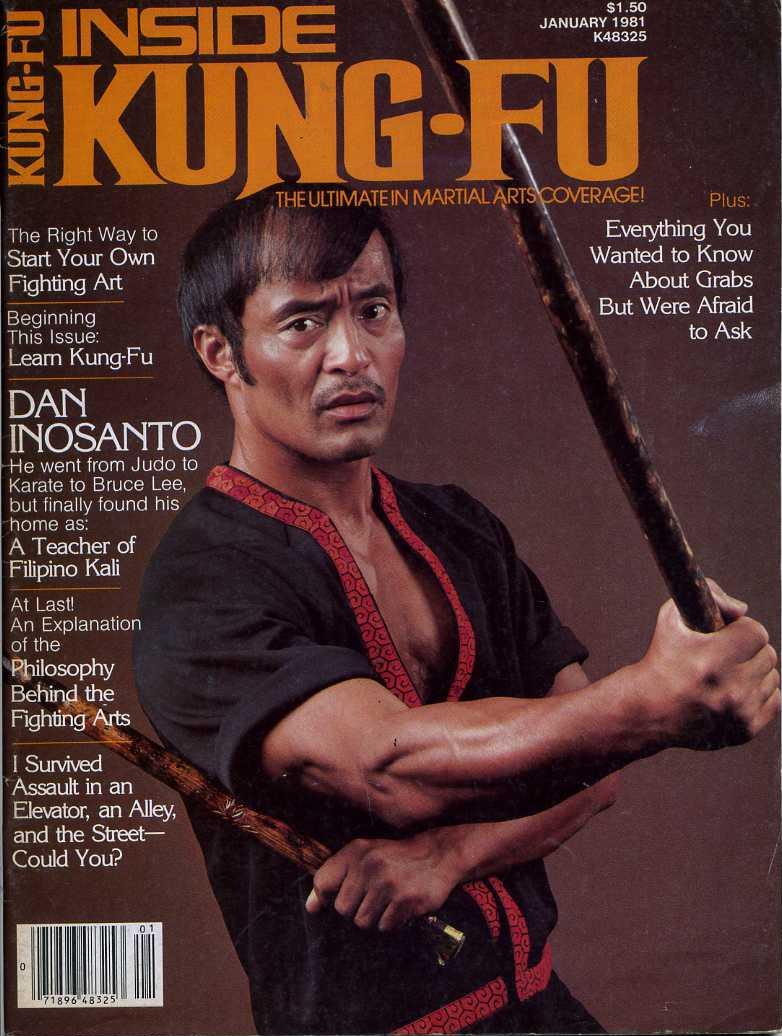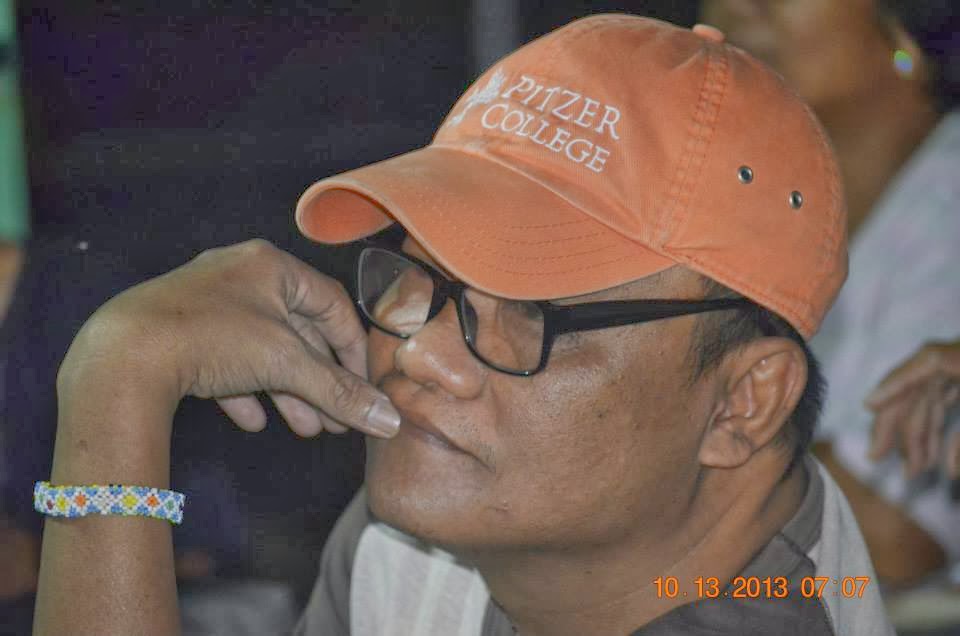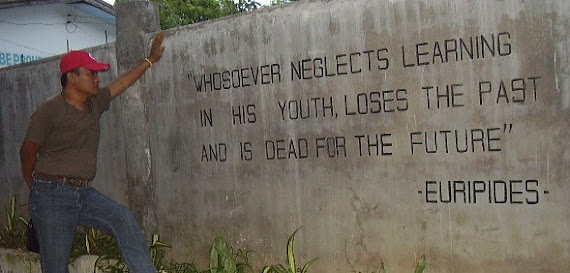Creating
a new year’s resolution is great especially if we are resolving a certain
problem whether personal or related to the community where we belong. Needless
to say, if we don’t have any plan, it may be doomed before it ever gets
started. Well, majority of individuals who make a new year’s resolution end up
breaking it. We must not expect the same for our community planning.
I
was first involved in the Buttom-Up Budgeting or BuB though the local poverty
reduction action planning workshop in Sablayan way back in January 31, 2013. I
found out too that the whole essence of BuB planning and budgeting process can
be captured in a short prayer of St. Thomas of Aquinas which was originally
recited in Latin that could guide us through the coming year.
The
BuB, now called Grassroots Participatory Budgeting Process (GPBP) became a
buzzword among civil society organizations (CSOs) all over the country and of
course, the officers at all levels of the Department of the Interior and Local
Government or DILG. I even suspect that it even followed them in their sleep. Here
in Occidental Mindoro, again, I had the opportunity to mingle with the CSOs of
Paluan and Mamburao for the conduct of the Municipal CSO Assembly as an initial
step in the BuB for Fiscal Year 2015. As you could recall, I have posted the
account of my first experience with the CSOs in the province through this ENTRY.
The
CSO Assembly is an inclusive meeting of all CSOs in certain municipality to be
facilitated by the DILG, usually the MLGOO, together with the respective
Municipal Planning and Development Offices or MPDOs with the assistance of an
accredited CSO by the National Anti-Poverty Commission (NAPC) and that’s how I
came into the picture. I am a PO-NGO by heart.
The
GPBP/BuB approach is guided by 3 principles: convergence, participation and
empowerment. It aims to achieve community empowerment by encouraging citizens
to take active roles in the community by articulating their needs to the
government and determining what projects are responsive to their needs. The CSO
Assembly in Paluan was held at the Senior Citizen’s Building last December 17
while in Mamburao it was held at the Municipal Gymnasium on December 18, 2013.
Aside
from rare instance of meeting CSO leaders, I also met the two lady MLGOOs in
said two municipalities and instantly became my friends. They are Mesdames Yoly
Rose T. Jordan and Maristela H. Guillermo of Paluan and Mamburao, respectively.
They, along with their respective MPDCs initiated said activity. I handled/facilitated
their selection of members and co-chair to the Local Poverty Reduction Action
Tear or LPRAT and the other signatories to the Local Poverty Reduction Plan
(LPRAP). The GPBP is an enabling strategy of the administration of Pres.
Benigno Aquino III in realizing governance reforms. Aside from the election of
LPRAT representatives and selection of LPRAT co-chairperson and the CSO
signatories to the LPRAP, there was a series of orientation and updates
rendered by Ma’am Apple Jordan and Ma’am Maris Guillermo in their respective AOR
that very day.
The
process stimulates partnership between local government and civil society until
participatory governance is put into praxis. Mayor Ed B. Gadiano is one of the
staunch believers of this imperative partnership between the LGU and the CSOs. He,
as we all know, came from the ranks of the CSO before he entered politics. The
result of all the local planning and budgeting is the convergence of plans and
priorities as projects are harmonized at the national level by national
government agencies in their programs and budget for implementation.
Of
course there are still gaps in implementing the BuB/GPBP in the province and
that need to be addressed by the participating national agencies especially the
DILG and NAPC. Anyway, there’s no such thing as finished project in all
dimensions of public service. Also, there’s always a room for improvement in
local governance. Am I right? CSOs that have constantly involved and engaged in
local governance definitely could enhance the delivery of services to our
fellow Mindoreno, our people. This should be our collective prayer while allow
me to greet you all a prosperous new year!
As
I have said, for me, the BuB/GPBP spirit was put into capsule in this prayer
that “survived” through many new years: “Ingressum
intruas/Progressum custodias/Egressum intuas (Look after the
preparations/Survey the results/Harvest the fruits)….
-------
(Photo : UNDP.org)
















